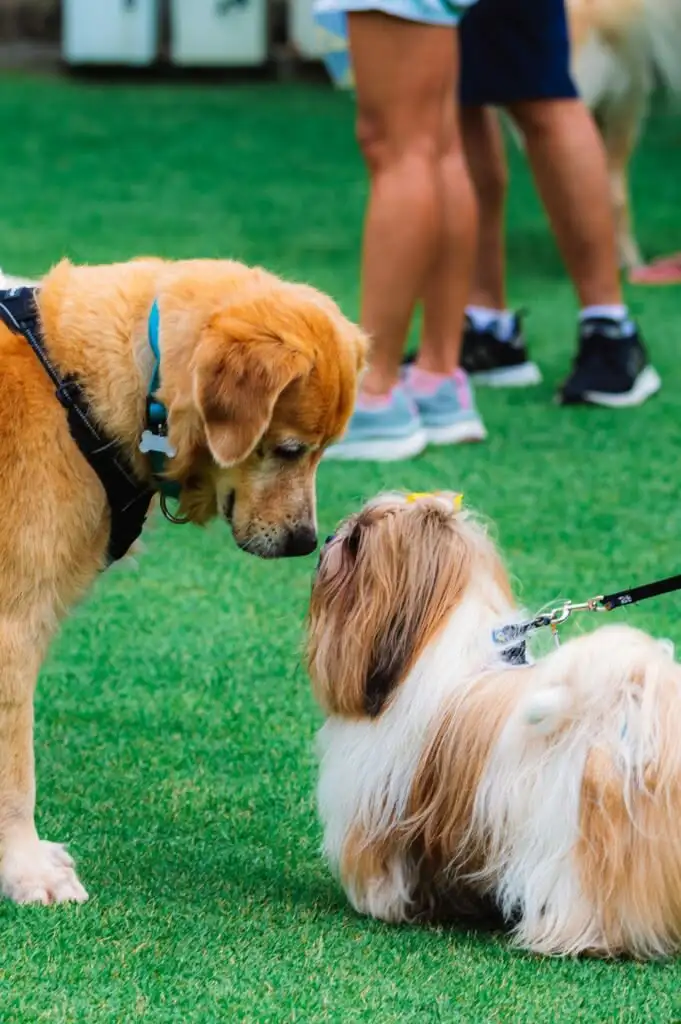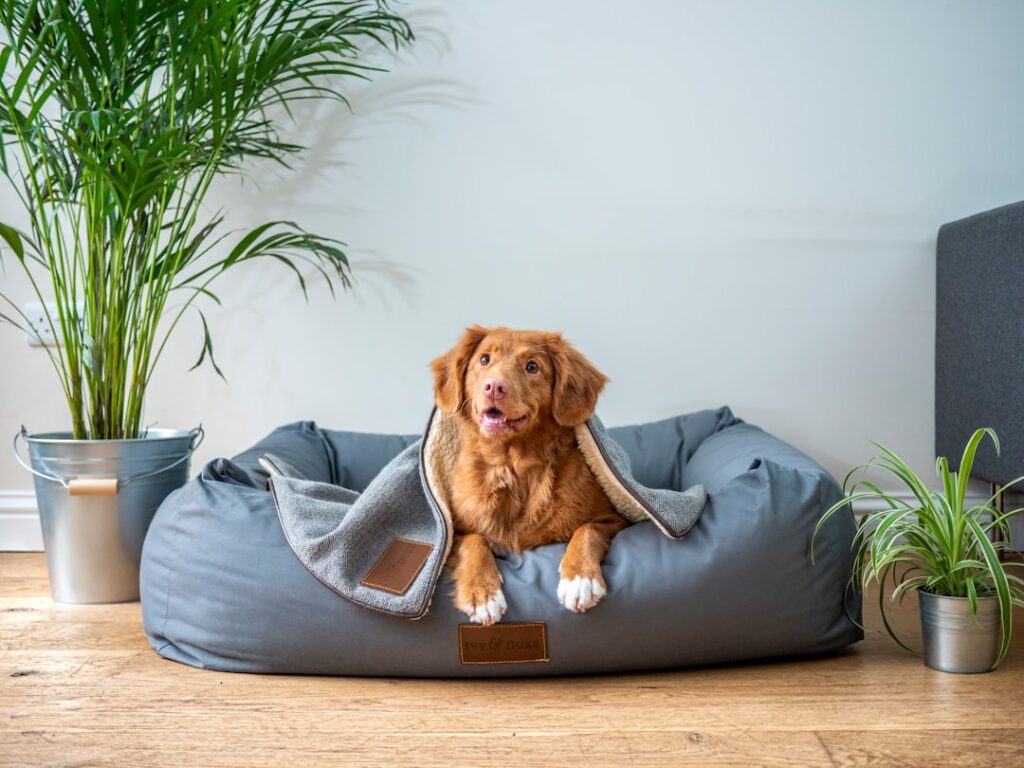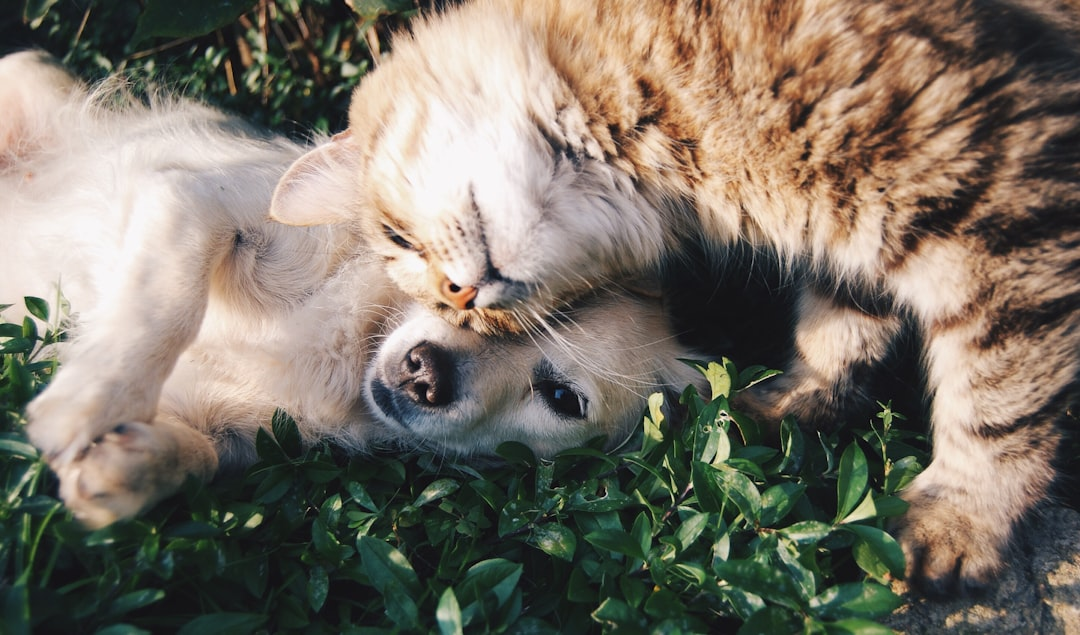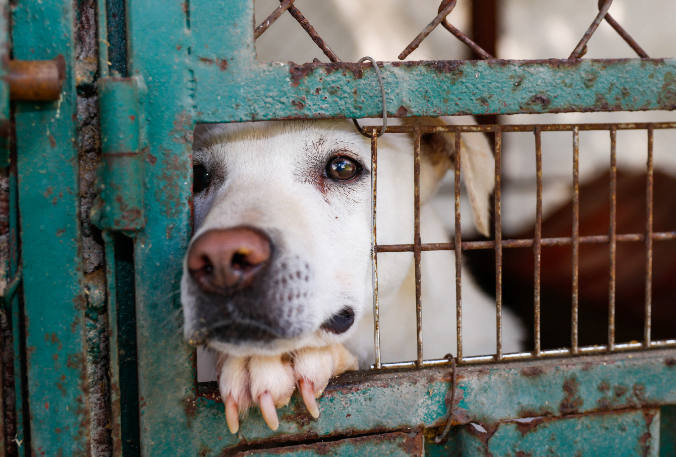Understanding Separation Anxiety in Dogs
Separation anxiety is a common issue faced by many dogs and their owners. It occurs when a dog becomes overly attached to its owner and experiences distress when left alone. This can lead to destructive behavior, excessive barking, and even attempts to escape. In this blog post, we’ll discuss the causes of separation anxiety, how to identify it in your dog, and what you can do to prevent and manage this issue.
Causes of Separation Anxiety
There are several factors that can contribute to the development of separation anxiety in dogs. These include:
- A history of abandonment or multiple homes
- Lack of proper socialization during puppyhood
- A traumatic event or change in the dog’s life
- Genetic predisposition
It’s important to understand that separation anxiety is not a result of disobedience or lack of training. Rather, it is a genuine emotional response to being left alone.

Signs of Separation Anxiety
Recognizing the signs of separation anxiety in your dog is crucial to addressing the issue and helping them feel more comfortable when left alone. Some common symptoms include:
- Destructive behavior, such as chewing on furniture or digging at doors
- Excessive barking, whining, or howling
- Urinating or defecating indoors, even when house trained
- Pacing or trembling when the owner is preparing to leave
- Attempts to escape from the home or yard
If you notice any of these behaviors in your dog, it’s important to consult with a veterinarian or professional dog trainer to determine if separation anxiety is the cause.

Preventing Separation Anxiety
Proper Socialization
One of the most effective ways to prevent separation anxiety is to properly socialize your dog from a young age. This involves exposing them to a variety of people, places, and situations so they become comfortable with new experiences. A well-socialized dog is less likely to develop anxiety-related issues.
Gradual Desensitization
Gradually getting your dog used to being alone can also help prevent separation anxiety. Start by leaving your dog alone for short periods of time and gradually increase the duration. Be sure to provide plenty of mental stimulation, such as toys and puzzles, to keep them occupied while you’re away.

Managing Separation Anxiety
Training and Counterconditioning
If your dog is already experiencing separation anxiety, working with a professional dog trainer can be extremely beneficial. They can help you develop a training plan to teach your dog that being alone is not a negative experience. This may involve using positive reinforcement techniques, such as treats and praise, to gradually desensitize your dog to being alone.
Medication and Supplements
In some cases, medication or natural supplements may be recommended by your veterinarian to help manage your dog’s anxiety. These should always be used in conjunction with a training plan and under the guidance of a professional.

Conclusion
Separation anxiety in dogs can be a challenging issue to deal with, but with the right strategies and support, it can be managed effectively. By understanding the causes and signs of separation anxiety, properly socializing your dog, and working with a professional to develop a training plan, you can help your dog feel more comfortable and confident when left alone.



